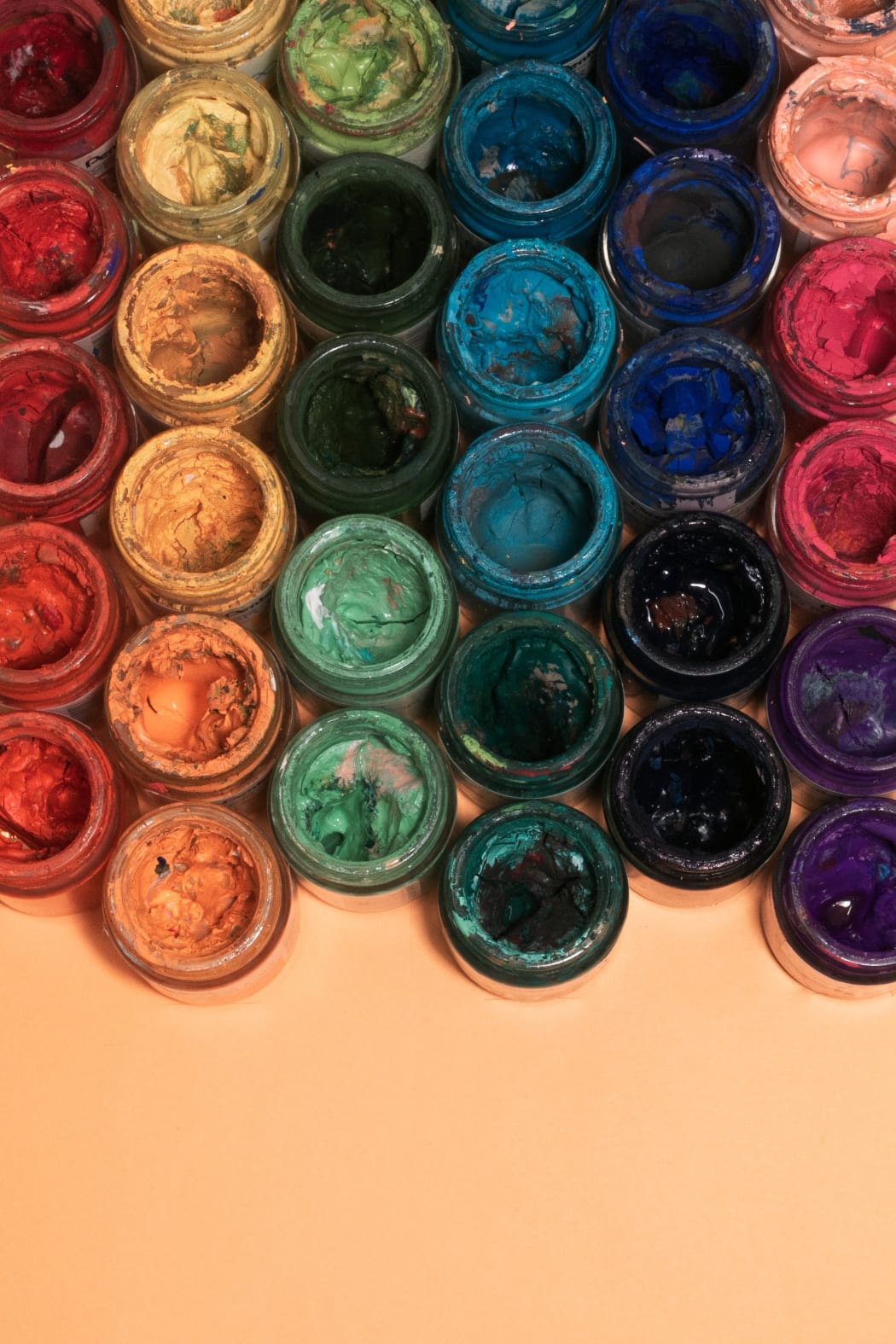
Henri Matisse's journey into the world of colour began in his youth. Born in 1869 in Le Cateau-Cambrésis, a small town in northern France, Matisse initially pursued a career in law. However, a bout of illness led him to discover his love for art. He began taking drawing classes and, soon after, enrolled in the prestigious École des Beaux-Arts in Paris.
During his formative years as an artist, Matisse experimented with various artistic styles, including Impressionism and Pointillism. These movements exposed him to the potential of colour in art. Impressionists like Claude Monet and Pointillists like Georges Seurat used colour to capture the fleeting effects of light and create visually striking compositions. These early experiences played a pivotal role in shaping Matisse's approach to colour.
In the early 20th century, Matisse and a group of like-minded artists embarked on a journey that would revolutionise the art world. They formed the Fauvist movement, characterised by their bold and unapologetic use of colour. The word "Fauvism" itself means "wild beasts," a name given to the group due to their untamed and vivid approach to colour.
Matisse's painting "Woman with a Hat" (1905) is a quintessential example of Fauvist art. In this work, he used wild and non-naturalistic colours to depict his wife, Amélie. Her face is a vibrant blend of pinks, blues, and greens, and her hat is a riot of bold reds and oranges. This painting shocked the art world with its audacious use of colour, marking a departure from traditional representational art.
Matisse's fascination with colour went beyond mere aesthetics. He believed that colour had the power to convey emotions and tell stories. In his work, colour was not just a visual element but a language in itself.
One of Matisse's most famous paintings, "The Dance" (1910), beautifully exemplifies this concept. In this masterpiece, Matisse uses colour to convey a sense of joy, movement, and harmony. The figures are rendered in shades of blue and green, evoking a sense of serenity and unity. The use of colour here transcends the physical world and taps into the emotional and spiritual realm, showing Matisse's mastery in using colour as a medium of expression.
As Matisse's career progressed, he faced physical limitations due to illness. However, this did not deter him from exploring new artistic avenues. In the last decade of his life, Matisse embarked on a groundbreaking series of works known as the "cut-outs."
One of the most famous pieces from this period is "The Snail" (1953). In this monumental work, Matisse employed his unique approach to colour in a new and innovative way. He cut out pieces of coloured paper and arranged them into a spiral composition. The result is a vibrant, dynamic, and intricate artwork that showcases Matisse's continued passion for colour even in his later years.
Matisse's love for colour continues to influence artists today. His bold and unapologetic use of colour has inspired generations of painters, from abstract expressionists like Mark Rothko to contemporary artists like Olafur Eliasson. The power of colour as a means of expression, as demonstrated by Matisse, remains a central theme in modern art.
For instance, Rothko's colour-field paintings, characterised by large expanses of vibrant colour, owe a debt to Matisse's pioneering work. Rothko's pieces, such as "Orange and Yellow" (1956), convey deep emotions and a sense of spirituality through the careful selection and arrangement of colour.
Similarly, Olafur Eliasson's immersive installations, like "The Weather Project" (2003), engage viewers in a dialogue with colour and light, inviting them to explore the sensory and emotional dimensions of colour, much like Matisse did in his cut-outs.
Henri Matisse's love for colour was not just a stylistic choice; it was a profound and transformative approach to art. He broke with tradition, challenged conventional norms, and showed the world the immense expressive power of colour. From his early days experimenting with Impressionism to his groundbreaking cut-outs, Matisse's journey with colour continues to inspire and captivate artists and art enthusiasts alike.
As we analyse his unique palette, we are reminded that Matisse's legacy extends far beyond the canvas. His exploration of colour as a language, as a means of expression, and as a bridge to emotions has left an enduring mark on the world of art. Matisse's love for colour was not just an artistic endeavour; it was a passionate affair that forever changed the way we perceive and appreciate colour in art and in life. Explore our collection of Henri Matisse original art for sale and contact Andipa via sales@andipa.com or call +44 (0)20 7581 1244 for further information.